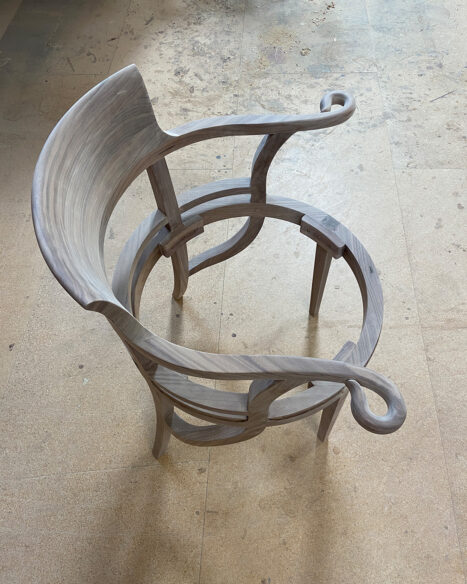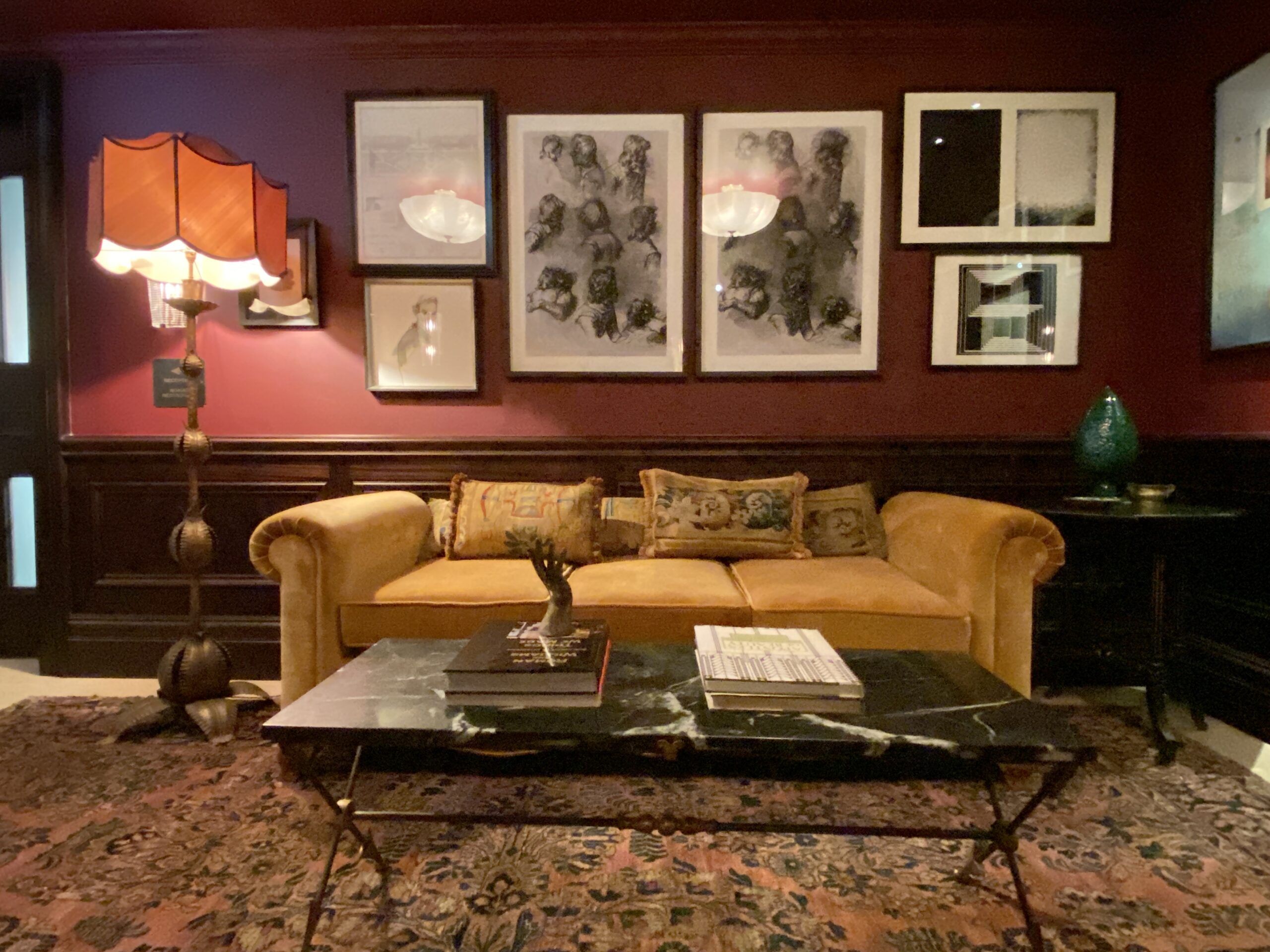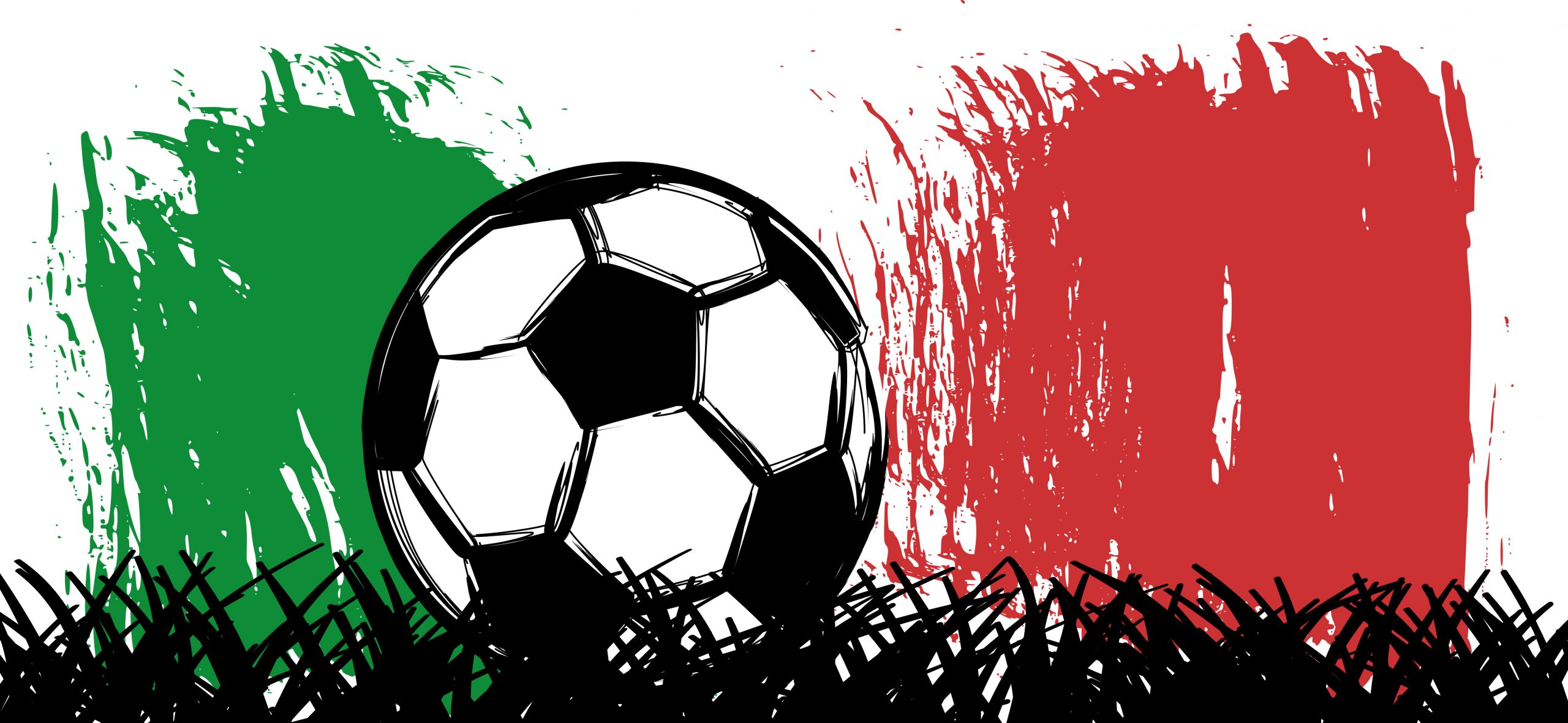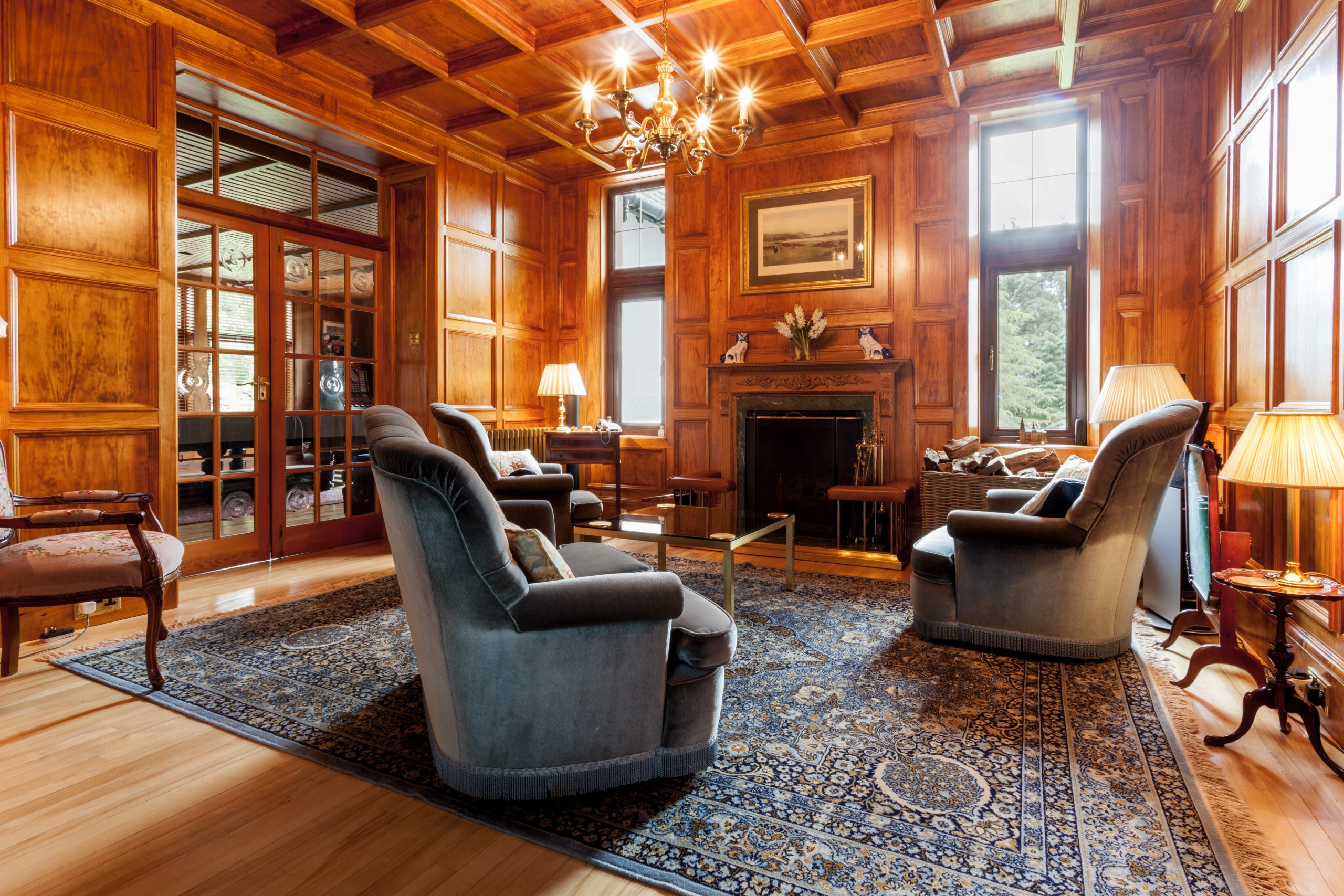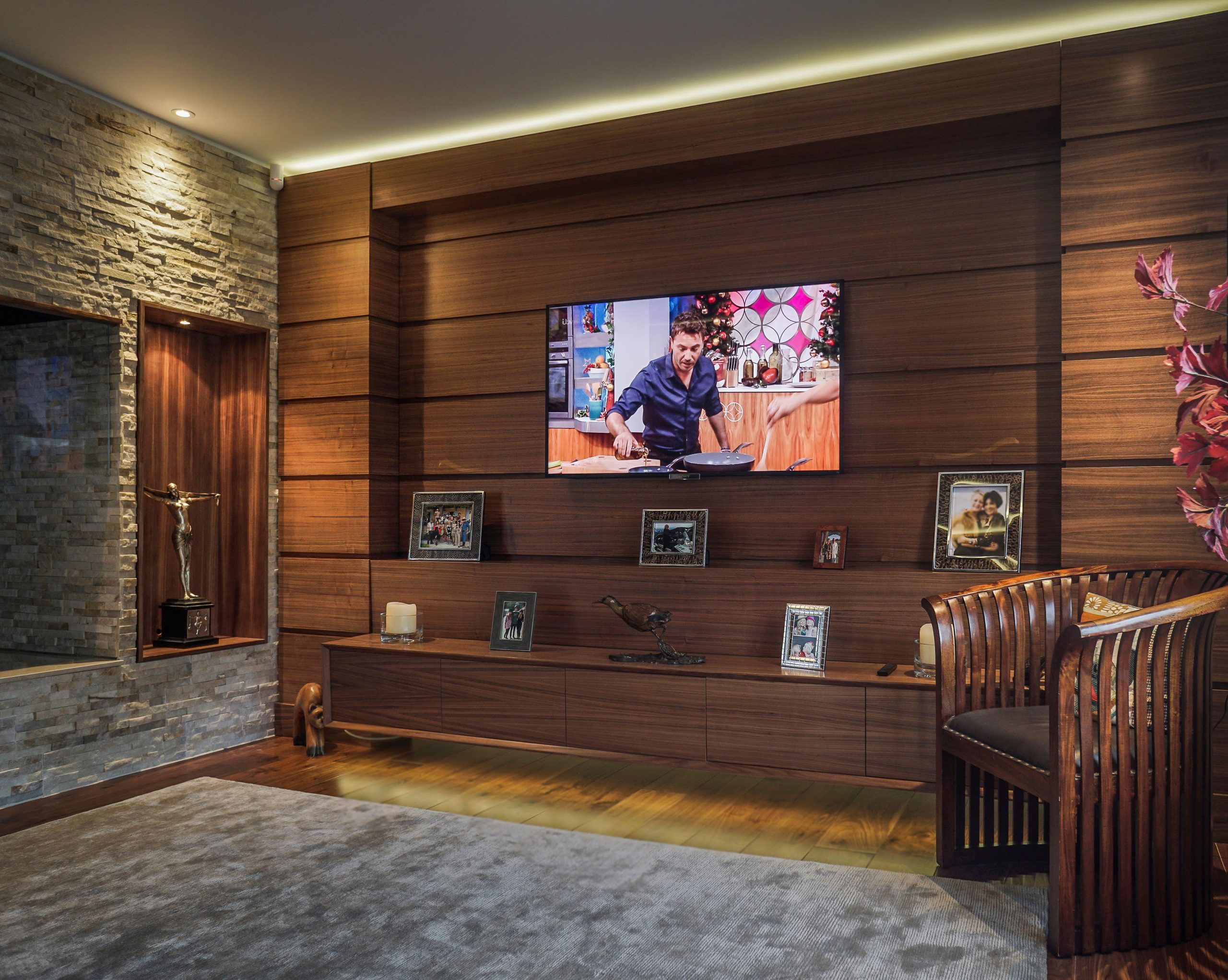
Your four-minute guide to materials & finishes
Having evolved their repertoire over thousands of years, artisan furniture makers have a wealth of tricks up their sleeve. Here’s a guide to some of the finishes and materials that the team at 1718 often work with.
Lacquer
Lacquer is often applied to protect and provide greater durability to furniture that’s in day-to-day use, such as desks or dining tables. Mindful of environmental and health & safety standards, we use a range of acrylic lacquers that either simply protect the existing texture and appearance, or create subtle layers of colour and gloss.
Gilding
As the name suggests, gilding adds the golden touch to your bespoke furniture by applying gold flake or gold paint. It’s a pain-staking approach that has been practised by artisans for thousands of years, and helps to create stand-out furniture with echoes of Europe’s royal courts.
Verre églomisé
Named after the French art dealer Jean-Baptiste Glomy, who revived the technique in the 18th century, verre églomisé is the application of design and gilding to glass, creating a mirrored finish. Artists such as Kandinsky and Klee used the technique to create glass paintings, and it can make a striking feature for bespoke furniture.
Inlay and marquetry
Marquetry is the art of inlaying wood with a pattern or picture – usually made from wood, but it could be another material such as mother of pearl, metals or gems. While time-consuming and requiring the utmost skill, it provides the finished furniture with a beautiful and unique stamp of quality.
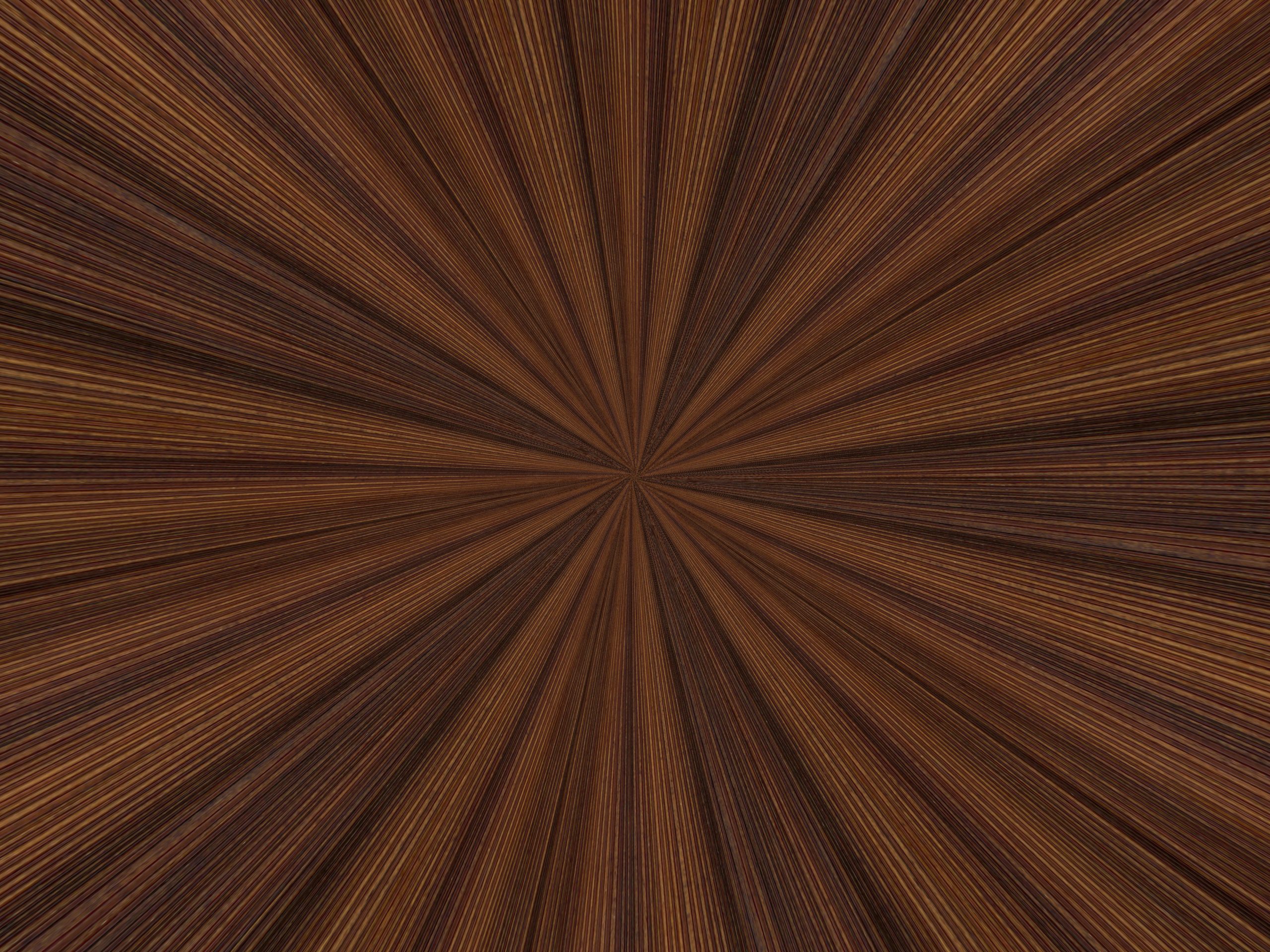
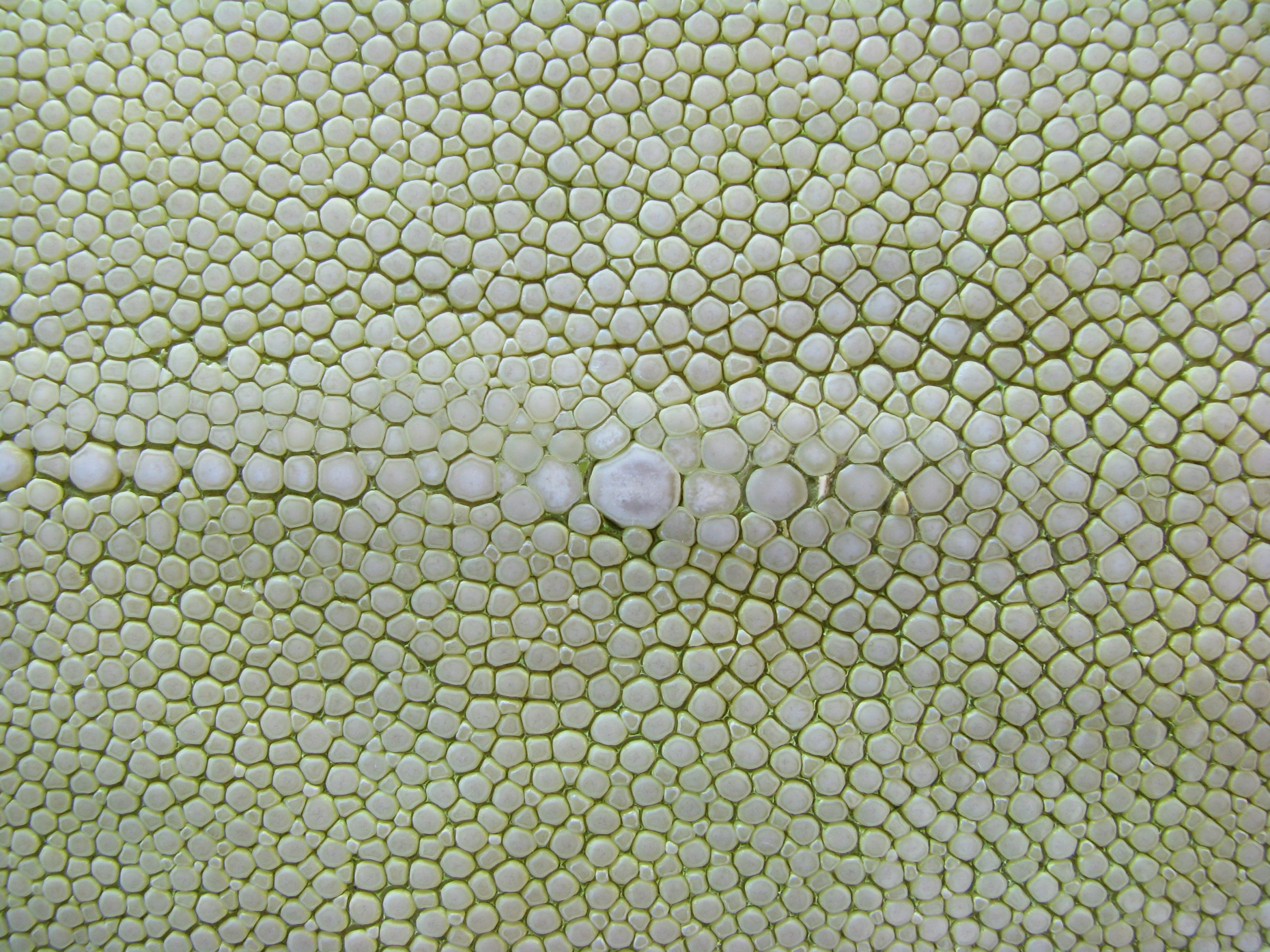
Straw marquetry
An eastern technique brought to Britain in the 17th century, straw marquetry (above left) provides a beautiful alternative to wood veneer. Wheat or oat straw is soaked in water, then ironed, and finished in a range of shades from pale gold to dark brown.
Carbon fibre
This is a semi-natural product made by subjecting organic raw materials to high temperatures, turning them to almost 100% carbon. Carbon fibre is both strong and lightweight, but can also make for a striking feature in contemporary furniture design.
Shagreen
With similarities to leather and vellum, shagreen (above right) was traditionally made from shark or horse skin, but now mostly comes from farmed stingrays. With its tougher, granular surface and water-resistant properties, it’s long-been popular for luggage and stationery, and a renewed interest in Art Deco in the 1970s saw it used more often by furniture makers.
Vellum
An alternative to leather, vellum is crafted from calf or goatskin to create a finer texture and is traditionally used for parchments as well as bespoke furniture. In its natural form, each piece of vellum is uniquely marked, providing particular individuality to the finished item, although it can also be dyed.
Leather
As with furniture, the craft of creating luxury leather is something that has gently evolved over the centuries, and we source leather of the highest quality and provenance to provide the perfect finish. We understand the range of textures and dyes that work with different furniture styles.
Timber
And how could we talk about bespoke 1718 furniture without mentioning timber? Every piece of wood we work with is hand-picked by our team. We explore the grain, feel the texture, analyse the colour and even breathe the wood’s natural aromas to ensure that the finished furniture will be everything it can be. We work with a wide range of fine woods including oak, walnut, beech, sycamore, pine, elm, sapele and zebrano. As well as a deep understanding of the varying characteristics of each wood, we know how to manage the often complex challenges of the grain.
